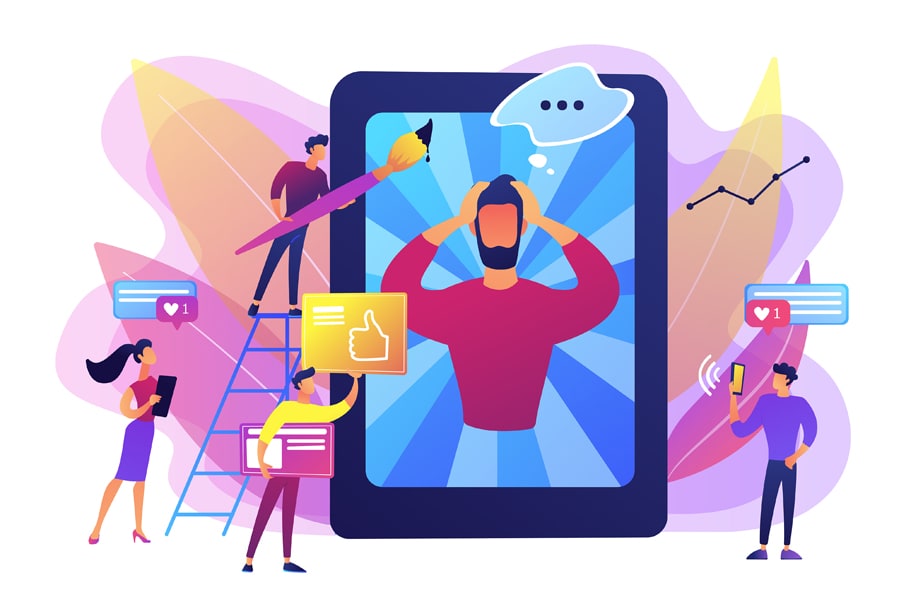
Engineering the viral: The science behind meme marketing
Can viral memes be manufactured? Meme marketing companies would certainly say yes to that question. Storyboard18 finds out more

Memes are a more irreverent and a practically free marketing style that involve catching on to the latest trending topics online and putting the brand's spin on it. Image: Shutterstock
Meme marketing is becoming the latest tool in companies’ digital marketing arsenal.
More companies are devoting a bigger portion of their budget than ever before towards meme marketing, and specialised companies are stepping in to help them go viral.
But why memes? “That is the language that Netizens understand. People don’t want to be preached to. Memes subtly integrate brand messaging into conversation,” says Aditya Sobti, creative lead at Schbang, a creative and digital transformation agency.
Take the case of the recent trailer for the movie Brahmastra, starring Ranbir Kapoor, Alia Bhatt and Amitabh Bachchan, among others. A dialogue said by Kapoor’s character Shiva in the trailer — ‘Kuch rishta hai mera aag se (I have a strange connection with fire)’ — quickly became a meme. Several brands like Tinder, Dunzo, Zepto, and Voot were quick to catch on, and posted their own variations of the meme.




